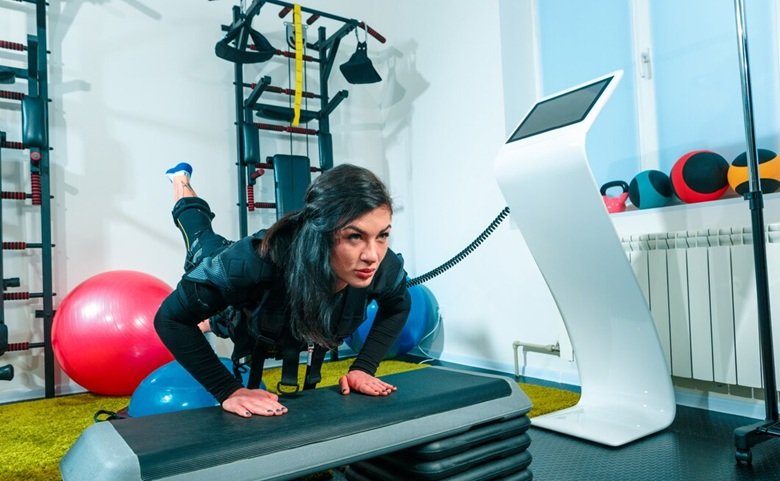
Choosing the Right Exercise for You
Exercise is beneficial for all ages. Regular physical activity and exercise can cut the risk of heart disease, stroke, diabetes, and some types of cancer in half. Regularly exercising not only reduces the risk of developing osteoporosis, which makes bones brittle but also relieves back pain, stiffness, and pain in osteoporosis.
The right type of exercise for you depends on your current physical shape, health, and desire to achieve. For example, the ideal people trying to lose weight would be to do moderate aerobic exercise, such as walking, running, or cycling. The more aerobics such as cycling, walking, or running you do, the more calories you burn, and you lose more weight.
A balanced approach to various forms of exercises
Different forms of exercise are advantageous to your health in different forms. The best way to guarantee overall fitness is to incorporate each of these elements into your exercise routine.
Aerobics –
To keep your heart healthy, you need aerobic exercises. Aerobic exercise uses oxygen to increase your heart rate and make you feel short of breath. It helps preserve the strength of the heart, lungs, blood vessels, and muscles. Aerobic exercise, along with a balanced diet, is the best way to maintain a healthy weight.
One of the most effective aerobic activities is walking and cycling. Try to exercise 5 times a week for at least 30 minutes. Adjust the intensity of your training based on your goals. If you haven’t exercised for a long time or have a medical condition, talk to your doctor before starting. If you feel unwell while exercising, stop as soon as possible and see your doctor.
Strength training –
A balanced training program should include strength exercises. This prevents the muscles from contracting and helps give the body a tighter appearance. Muscle also burns more calories than inactive tissue, so building muscle helps maintain a healthy weight.
Strength training involves moving your muscles toward some form of resistance. That’s why it’s sometimes called resistance training. You can use a rubber band, free weights (such as dumbbells), a weight lifter, or your own weight. Try to do strength exercises 2-3 times a week. Find a weight that can perform a set of 8-10 exercises. Typical exercises should include abdominal exercises as well as 2-3 upper body exercises and 2-3 lower body exercises.
Flexibility exercises –
Muscles that are not stretched regularly risk becoming shorter and less flexible. This reduces the joint’s range of motion and increases the risk of damage from tearing and straining. Try to include some flexible exercises in your workout plan a few times a week. These exercises should work out all the major muscles in the upper and lower body.
Yoga, Pilates, and tai chi incorporate many exercises that focus on flexibility and agility. It consists of stretching and relaxing in different positions and maintaining positions using conscious breathing. Not only can they help increase flexibility and strength, but they can also promote relaxation and improve circulation, balance, and posture.
How Much Exercise Is Enough?
The recommended healthy physical activity level is moderate exercise, at least 5 days a week for 30 minutes. The average shows that it is enough to stimulate and strengthen the heart and lungs. This means that you need to breathe faster, and the higher your heart rate, the warmer you feel.
The child should perform this type of activity for at least 60 minutes a day. You may need to exercise 40-60 minutes 5 days a week to avoid weight gain. If you aim to lose weight, you should aim for 60-90 minutes.





